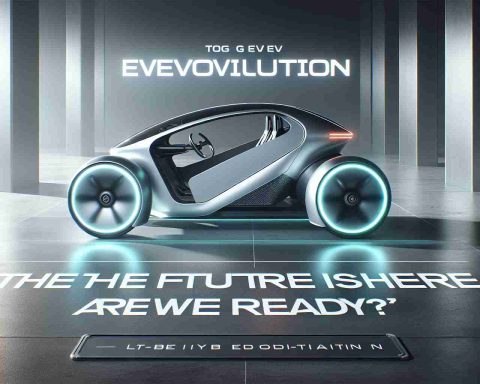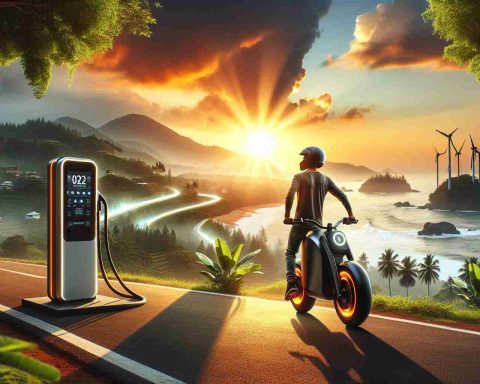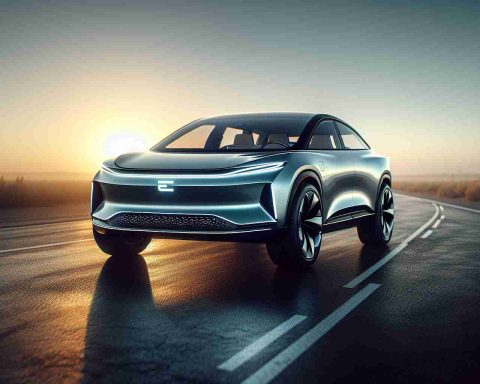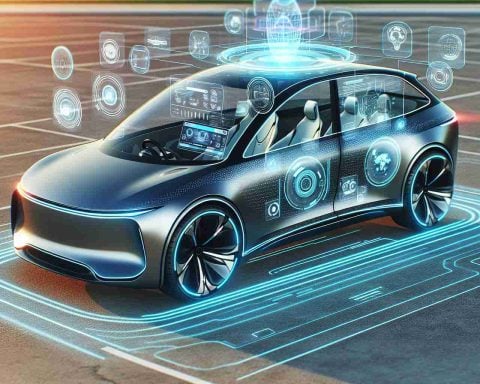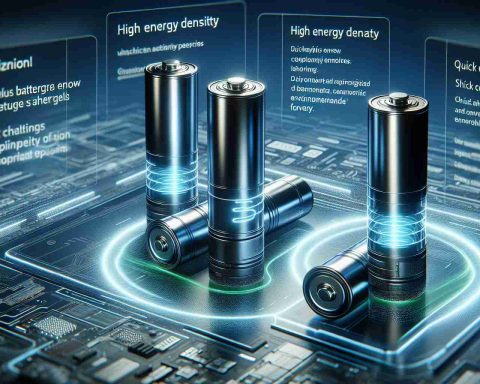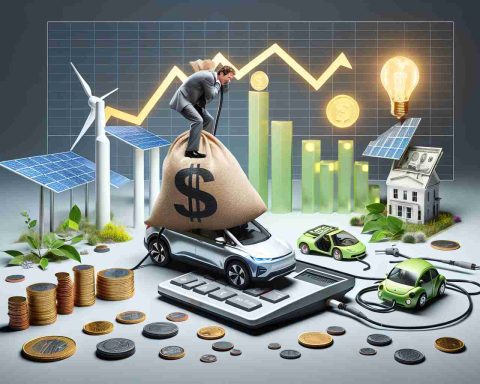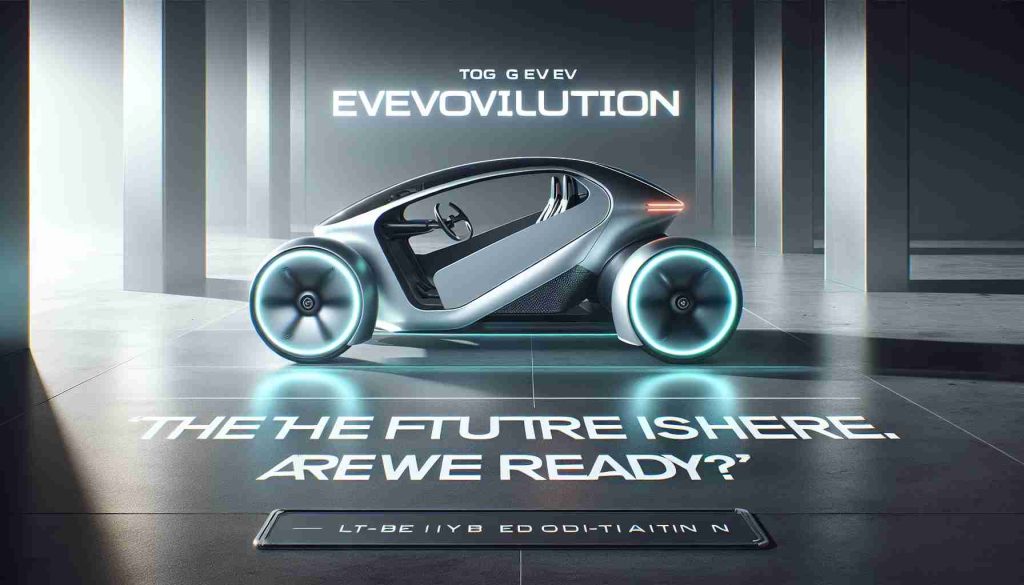- Global EV market is experiencing slowed growth, with only a 6.1% sales increase outside China last year.
- Hyundai Motor Group remains the third-largest EV manufacturer but saw a 2.7% decline in EV sales, totaling 545,000 units.
- Key models, Ioniq 5 and EV6, faced reduced demand, while Kia’s EV3 and EV9 show positive sales trends.
- Hyundai is focusing on its North American strategy, planning to launch five new EV models at a new Georgia plant.
- In North America, regulatory incentives like the U.S. Inflation Reduction Act offer up to $7,500 per vehicle subsidy.
- Chinese manufacturers, such as BYD, are thriving in emerging markets with a 125.4% sales boost.
- Key insight: Adaptability is crucial in the evolving auto industry, as policies and market conditions change rapidly.
An unexpected chill has descended over the global electric vehicle (EV) market. Once a searing force of growth, sales have slowed significantly, with a recent report revealing a modest 6.1 percent rise in EV sales outside China last year. This stagnation signals that the electric revolution may have temporarily lost some of its spark.
Amid this backdrop, Hyundai Motor Group finds itself steering through turbulent waters. Despite retaining its position as the third-largest EV manufacturer worldwide, Hyundai’s EV sales dipped by 2.7 percent last year, totaling 545,000 units. Behind the wheel of this performance were models like the Ioniq 5 and EV6, which faced cooling demand—yet, a silver lining glimmers with Kia’s EV3 and EV9 showing promising sales growth globally.
Meanwhile, across the Atlantic, Hyundai is doubling down on its North American strategy. With its state-of-the-art Georgia plant ready to hum, Hyundai aims to launch at least five new EV models, aligning perfectly with regulatory incentives like the U.S. Inflation Reduction Act. These incentives are a tantalizing carrot, offering up to $7,500 in subsidies per vehicle, and form a crucial pillar in Hyundai’s plans to solidify its market share.
A dramatic surge is occurring in emerging markets, where Chinese manufacturers like BYD are accelerating growth, achieving a staggering 125.4 percent sales boost last year. This points to a vibrant future for EVs, albeit outside traditional hubs.
For Hyundai, the road ahead involves navigating evolving policies and a dynamic market landscape, yet the promise of its North American ventures offers a beacon. Such maneuvers underscore a critical realization: Adaptability is key in a rapidly shifting auto industry.
Is the Global Electric Vehicle Market Hitting a Bump, or Just Gearing Up?
How-To Steps & Life Hacks
How to Maximize EV Efficiency
1. Optimize Charging Habits: Use home chargers during off-peak hours for cost savings and reduced grid strain.
2. Maintain Optimal Tire Pressure: Proper tire inflation can improve your EV’s range by up to 3%.
3. Use Regenerative Braking: Take advantage of regenerative braking to recover energy during deceleration.
Real-World Use Cases
– Urban Commuters: EVs like Hyundai Ioniq 5 are ideal for daily commutes, offering a smooth ride with fewer emissions.
– Fleet Electrification: Companies in logistics are adopting EV models like Kia’s EV9 for urban deliveries due to lower maintenance costs.
Market Forecasts & Industry Trends
A focus on sustainability and stringent emissions reductions is steering the industry toward a greener future. According to the International Energy Agency (IEA), global EV sales are predicted to reach 23 million units annually by 2030, emphasizing the need for adaptability in business strategies.
Reviews & Comparisons
– Ioniq 5 vs. Tesla Model 3: The Ioniq 5 offers more standard safety features, while Tesla boasts superior battery range.
– Kia EV6 vs. Ford Mustang Mach-E: Both offer competitive pricing, but the EV6 has faster charge times.
Controversies & Limitations
EV adoption faces challenges such as battery disposal concerns and limited charging infrastructure in rural areas. To mitigate these, governments and manufacturers must invest heavily in recycling technologies and expanding charging networks.
Features, Specs & Pricing
– Hyundai Ioniq 5
– Range: Up to 303 miles
– Price: Starting at $43,650
– Kia EV9
– Range: Expected to be around 300 miles
– Price: Estimated at $50,000
Prices are subject to incentives, which can significantly lower the cost of ownership.
Security & Sustainability
New EV models show significant improvements in cybersecurity, with robust systems in place to combat data breaches. Sustainability efforts focus on sourcing materials ethically and improving battery recyclability.
Insights & Predictions
EV manufacturers, including Hyundai, are expected to continue their focus on expanding into North American and emerging markets, capitalizing on regional incentives and rising consumer demand.
Tutorials & Compatibility
Hyundai and Kia offer comprehensive tutorials for EV newcomers, focusing on home charging setups and understanding vehicle features.
Pros & Cons Overview
Pros:
– Lower running costs
– Reduced emissions
– Quiet driving experience
Cons:
– Higher upfront cost
– Limited charging infrastructure
Actionable Recommendations
For consumers interested in joining the EV revolution, consider purchasing a home charging station for greater convenience and cost-saving, and look for upcoming incentives that could make your transition more affordable. Keep your vehicle’s software updated to ensure top-notch performance and safety.
For more insights on the automotive industry, visit Hyundai Motor Group and Kia Motors.


